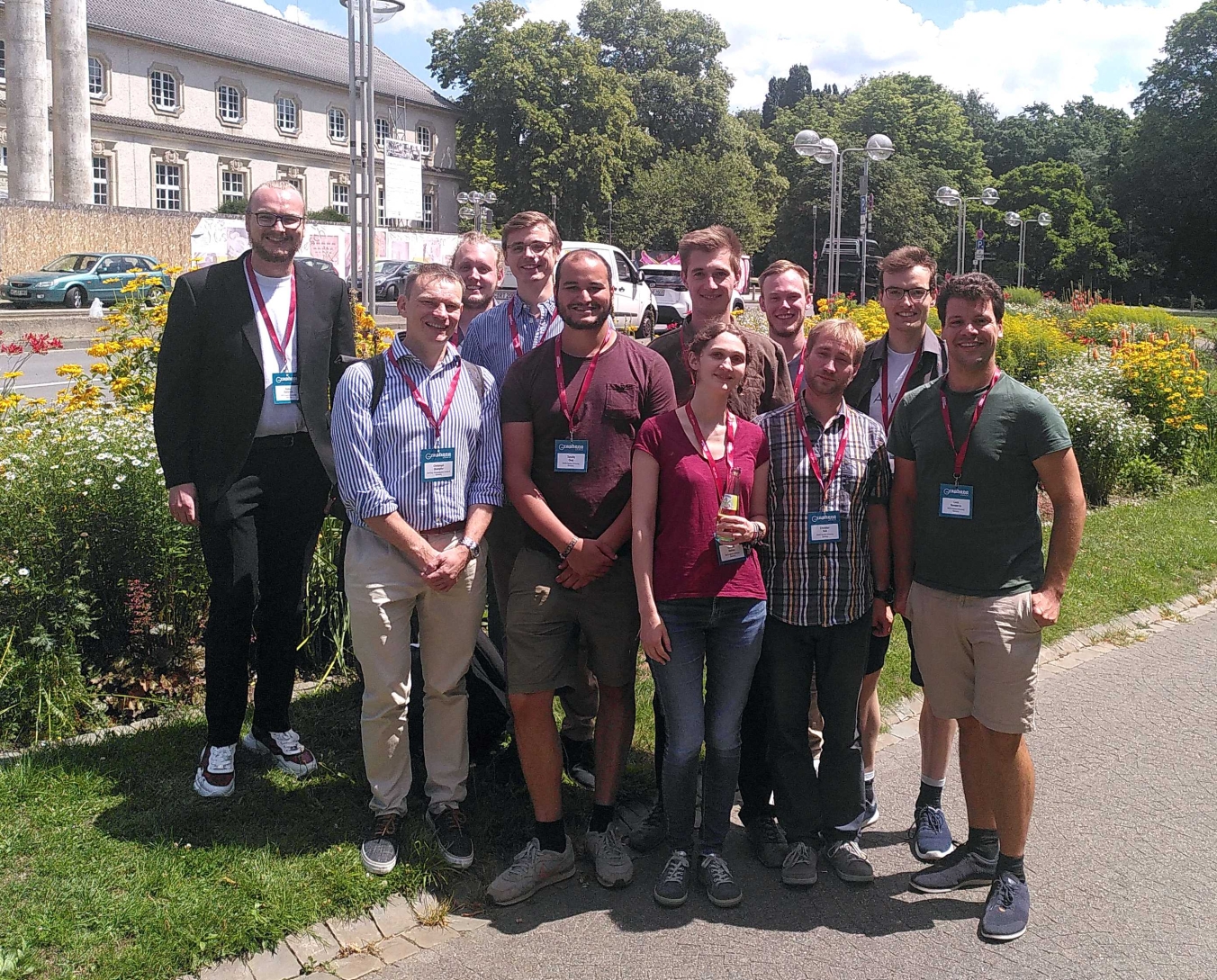Current events
Next talk on Tuesday in 2 days by Simone Sotgiu.
News 06.06.2025
New publication:Anisotropic supercurrent suppression and revivals in a graphene-based Josephson junction under in-plane magnetic fields
Site Content:
24.10.2022
New publication: The Reststrahlen Effect in the Optically Thin Limit: A Framework for Resonant Response in Thin Media
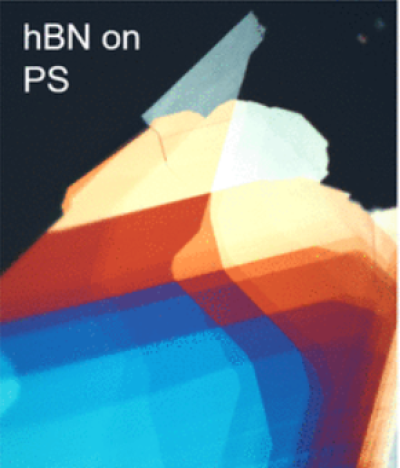
Nano Letters 22, 8389 (2022) Sharp resonances can strongly modify the electromagnetic response of matter. A classic example is the Reststrahlen effect – high reflectivity in the mid-infrared in many polar crystals near their optical phonon resonances. Although this effect in bulk materials has been studied extensively, a systematic treatment for finite thickness remains challenging. Here we describe, experimentally and theoretically, the Reststrahlen response in hexagonal boron nitride across more than 5 orders of magnitude in thickness, down to a monolayer. We find that the high reflectivity plateau of the Reststrahlen band evolves into a single peak as the material enters the optically thin limit, within which two distinct regimes emerge: a strong-response regime dominated by coherent radiative decay and a weak-response regime dominated by damping. We show that this evolution can be explained by a simple two-dimensional sheet model that can be applied to a wide range of thin media.

14.09.2022
Welcome to Mr. Saketh Ravuri and Ms. Priyanka Mondal
Mr. Saketh Ravuri and Ms. Priyanka Mondal have joined the 2D Materials and Quantum Devices Group at the 2nd Institute of Physics A for a seven-month research staying supported by a DAAD KOSPIE scholarship. Mr. Ravuri and Ms. Mondal are currently pursuing a Master in Physics at the Indian Institute of Technology in Madras and Kharagpur, India, respectively. In Aachen, they will work on their Master Thesis project, focusing on bilayer graphene quantum devices and on MoSe2-WSe2 in-plane heterostructures.

22.08.2022
ML4Q&A Podcast with Annika Kurzmann
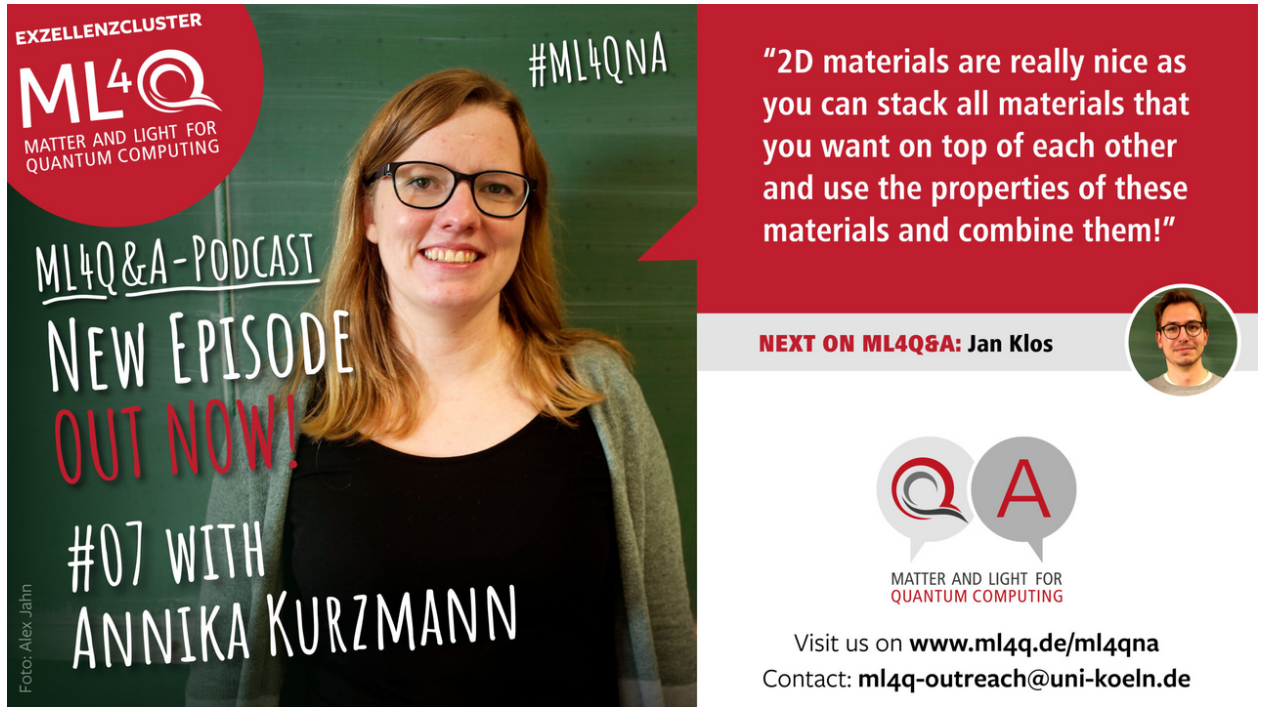
Annika Kurzmann is guest in the recent episode of the ML4Q&A podcast. Listen and learn about the exciting research she is doing in her lab. For more infos visit https://ml4q.de/ml4qa/

27.07.2022
New publication: Transport spectroscopy of ultraclean tunable band gaps in bilayer graphene
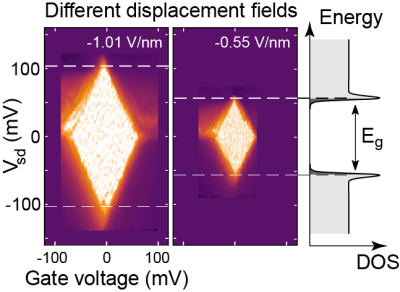
Adv. Electron.Mater. 8, 2200510 (2022) The importance of controlling both the charge carrier density and the band gap of a semiconductor cannot be overstated, as it opens the doors to a wide range of applications, including, for example, highly-tunable transistors, photodetectors, and lasers. Bernal-stacked bilayer graphene is a unique van-der-Waals material that allows tuning of the band gap by an out-of-plane electric field. Although the first evidence of the tunable gap is already found 10 years ago, it took until recent to fabricate sufficiently clean heterostructures where the electrically induced gap can be used to fully suppress transport or confine charge carriers. Here, a detailed study of the tunable band gap in gated bilayer graphene characterized by temperature-activated transport and finite-bias spectroscopy measurements is presented. The latter method allows comparing different gate materials and device technologies, which directly affects the disorder potential in bilayer graphene. It is shown that graphite-gated bilayer graphene exhibits extremely low disorder and as good as no subgap states resulting in ultraclean tunable band gaps up to 120 meV. The size of the band gaps are in good agreement with theory and allow complete current suppression making a wide range of semiconductor applications possible.

18.07.2022
New publication: Charge-Induced Artifacts in Nonlocal Spin-Transport Measurements: How to Prevent Spurious Voltage Signals
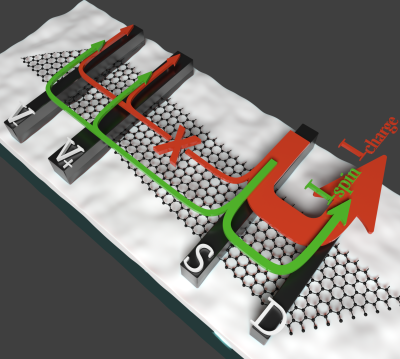
Phys. Rev. Appl. 18, 014028 (2022) To conduct spin-sensitive transport measurements, a nonlocal device geometry is often used to avoid spurious voltages that are caused by the flow of charges. However, in the vast majority of reported nonlocal spin-valve, Hanle spin precession or spin Hall measurements, background signals have been observed that are not related to spins. We discuss seven different types of these charge-induced signals and explain how these artifacts can result in erroneous or misleading conclusions when falsely attributed to spin transport. The charge-driven signals can be divided into two groups: signals that are inherent to the device structure and/or the measurement setup and signals that depend on a common-mode voltage. We designed and built a voltage-controlled current source that significantly diminishes all spurious voltage signals of the latter group in both dc and ac measurements by creating a virtual ground within the nonlocal detection circuit. This is especially important for lock-in-based measurement techniques, where a common-mode voltage can create a phase-shifted, frequency-dependent signal with an amplitude several orders of magnitude larger than the actual spin signal. Measurements performed on graphene-based nonlocal spin-valve devices demonstrate how all spurious voltage signals that are caused by a common-mode voltage can be completely suppressed by such a current source.

17.07.2022
New publication: Raman imaging of twist angle variations in twisted bilayer graphene at intermediate angles
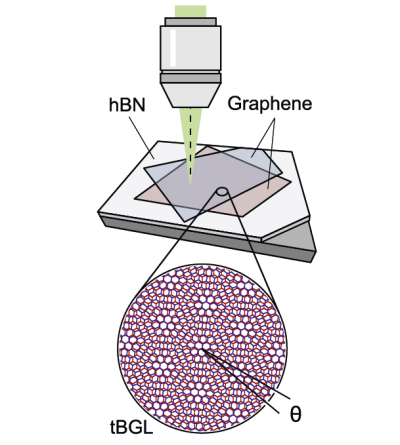
2D Materials 9, 045009 (2022) Van der Waals layered materials with well-defined twist angles between the crystal lattices of individual layers have attracted increasing attention due to the emergence of unexpected material properties. As many properties critically depend on the exact twist angle and its spatial homogeneity, there is a need for a fast and non-invasive characterization technique of the local twist angle, to be applied preferably right after stacking. We demonstrate that confocal Raman spectroscopy can be utilized to spatially map the twist angle in stacked bilayer graphene for angles between 6.5° and 8° when using a green excitation laser. The twist angles can directly be extracted from the moiré superlattice-activated Raman scattering process of the transverse acoustic (TA) phonon mode. Furthermore, we show that the width of the TA Raman peak contains valuable information on spatial twist angle variations on length scales below the laser spot size of ∼500 nm.

12.07.2022
Poster prize for Zachary Winter at the "Graphene 2022""
Zachary Winter won one of poster prizes at the "Graphene 2022" in Aachen with his poster on "Holistic approach to scalable 2D material processing from optimized CVD graphene catalysts to dry-transfer". Congratulations!


11.07.2022
Graphene 2022 in Aachen
Our group was fairly present at the Graphene2022 conference in Aachen. Many interesting discussions! Not all of them made it to the group photo. Bernd Beschoten, Annika Kurzmann and Zach Winter were also there.
